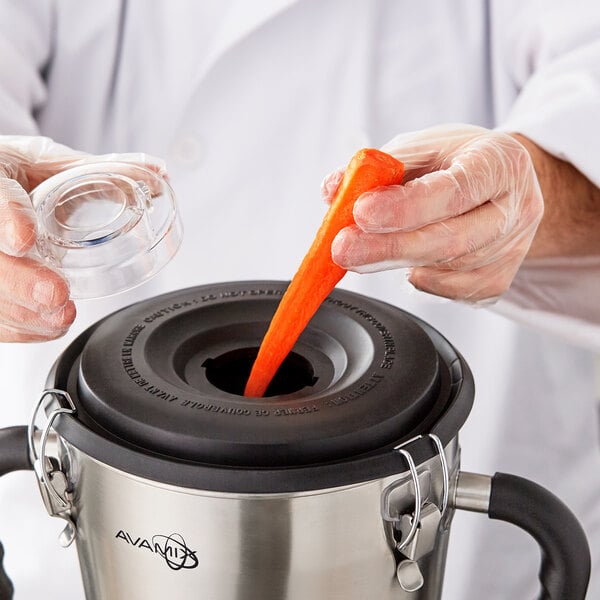If you're still looking for answers as you troubleshoot your commercial blender, check out the frequently asked blender questions below.
Why Is My Blender Making a Grinding Sound?
The grinding sound may indicate that the blade assembly or coupling is wearing down. Power down the blender and unplug it. Then inspect the blade assembly and drive coupling for damage or misalignment issues.
Why Are My Blender's Blades Not Moving?
Make sure the blender jar is securely attached to the base. If not properly aligned, the blades may not rotate. Inspect the blade assembly for any obstruction or debris that may be preventing movement. If necessary, remove the blade assembly and clean it thoroughly before reassembling.
Why Does the Blender Smell Like It Is Burning?
One of the most common reasons for a burning smell in a blender is an overheating motor. This can happen if the blender is being used for an extended period without a break. To troubleshoot this issue, turn off the blender and unplug it from the power source. Allow the motor to cool down completely before using it again. Another possible cause of a burning smell is a worn or damaged motor. Over time, the motor in a blender can wear out or become damaged due to regular use. If you suspect that this is the issue, it's best to have a professional technician inspect and repair the motor. Continuing to use a blender with a faulty motor can be dangerous and may lead to further damage.
What Type of Jar Should I Use with My Blender?
When it comes to choosing the right jar for your blender, there are three main options to consider: glass, plastic, and stainless steel. Each type of jar has its own advantages and considerations, so it's important to understand which one will work best for your specific needs.
Plastic jars are lightweight and shatterproof, making them a practical choice for busy commercial kitchens. They are also more affordable compared to glass and stainless steel options. Plastic jars are usually dishwasher safe, but they can become stained and scratched over time, which may affect their appearance. Choose a high-quality plastic jar that is BPA-free and food-grade safe to ensure the best performance and safety.
Stainless steel jars are known for their durability and resistance to rust and corrosion. They are a great option for blending hot liquids and are often used in commercial settings where heavy-duty blending is required. Stainless steel jars are typically dishwasher safe, but they can be more difficult to clean compared to glass and plastic jars due to their non-removable blades.
Glass jars are a popular choice for blenders due to their durability and resistance to staining and odors. They are also transparent, allowing you to see the contents inside and monitor the blending process. Glass jars are typically dishwasher safe, making clean-up a breeze. The downside is that they can be heavier and more prone to breaking than other materials, so handle them with care.
Back to Top 











